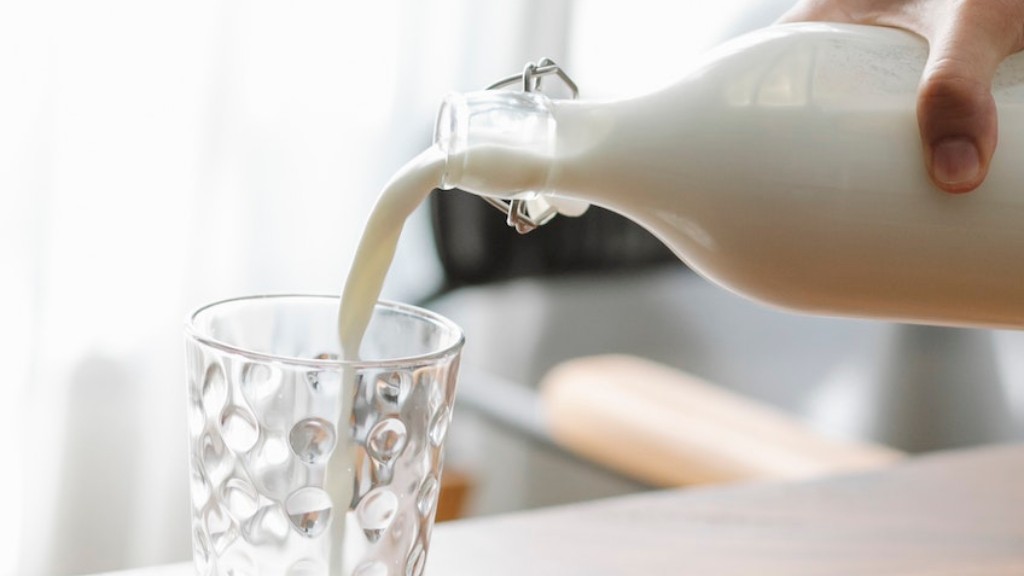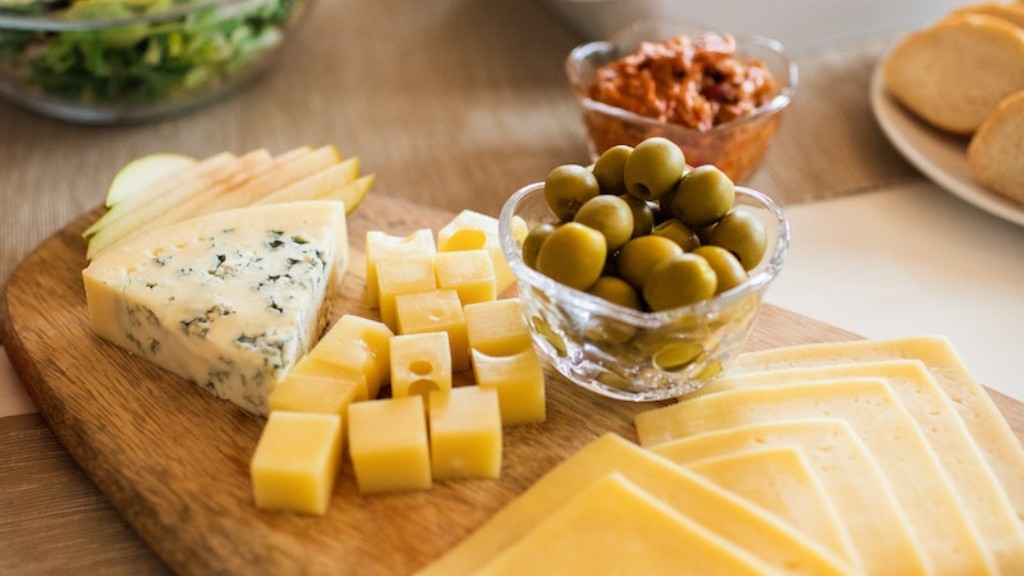There is a growing demand for dairy-free alternatives to regular milk chocolate due to an increasing number of health-conscious diets, allergies, and/or ethical concerns. However, finding an appealing vegan version or actual dairy-free milk chocolate can be tricky. Fortunately, making your own dairy-free version at home is completely doable, and actually quite fun.
To make dairy-free milk chocolate, you will need cocoa butter, cocoa powder, a sweetener, a liquid milk alternative, and any other flavorings or add-ins you would like. The great thing about making milk chocolate at home is that every ingredient can be adjusted according to your preference. Different types of sweeteners, cocoa powders, and milks can be used to make unique flavor combinations.
Step One – Melt the Cocoa Butter
The first step is melting the cocoa butter. The best way to do this is using a double boiler. Place the cocoa butter in a stainless steel bowl over a pot of boiling water. If your cocoa butter has lumps, you can use an immersion blender to break it down. Stir continuously until it is fully melted.
Step Two – Stir in the Cocoa Powder and Sweetener
After the cocoa butter has melted, fold in the cocoa powder and sweetener of your choice. Natural sugars like coconut or date sugar are great options for making healthier chocolate. If you are using granular sugars, use a food processor to pulverize the sugar before adding it to the melted cocoa butter.
Step 3 – Add the Liquid Milk Alternative
Once the cocoa powder and sweetener are incorporated, add the liquid milk alternative. This can be any type of vegan milk you prefer, including almond, coconut, oat, cashew, and soy. Use the immersion blender to mix everything together until it is smooth and thick.
Step Four – Add Flavoring or Mix-ins
Now you can begin adding any flavoring or mix-ins you would like. This could be anything from chopped nuts or dried fruit, to spices or extracts. Fold them into the chocolate mixture until everything is evenly distributed. The amount and type of add-ins are up to you.
Step Five – Pour the Chocolate and Chill
Once you have added all the ingredients, pour the chocolate mixture into silicone or parchment-paper-lined molds, or just pour it out into a thin, even layer on a baking sheet. Place the molds or sheet in the fridge to cool until the chocolate has hardened.
Step Six – Enjoy Your Dairy-Free Milk Chocolate
Once the chocolate has set, you can break it into pieces to enjoy. You can wrap the chocolate pieces in wax paper or parchment paper and put them in a container or jar. Your homemade dairy-free milk chocolate will stay good at room temperature or in the fridge for up to a month.
The Benefits of Making Dairy-Free Milk Chocolate
Making dairy-free milk chocolate at home has several benefits – it’s healthier, easier on the budget, and it tastes better. Dairy-free milk chocolate is full of antioxidants, vitamins, and minerals, and it’s naturally free of lactose and cholesterol. It is also lower in sugar than regular milk chocolate, which is a plus for those watching their sugar intake.
A big advantage of making dairy-free milk chocolate at home is that you can customize it with your own mix of sweeteners, flavorings, and add-ins. This gives you the opportunity to come up with unique combinations, and to control the sweetness and other qualities of the chocolate.
Tips for Making Dairy-Free Milk Chocolate
Making dairy-free milk chocolate is easy but there are a few tips that can help you get the perfect result. First, start with the best-quality cocoa butter and cocoa powder you can find. Quality ingredients mean better taste and texture. Second, be sure that you temper the chocolate before pouring it into molds. Tempering can help prevent the chocolate from becoming too brittle or too soft. Third, don’t overheat the cocoa butter. Heat it just until it is melted and then remove it from the heat. Finally, ensure that you use a vegan milk alternative – almond, coconut, oat, cashew, and soy are all great options.
Finding Dairy-Free Milk Chocolate Ingredients
Good-quality dairy-free ingredients are widely available online. Many grocery and health food stores carry vegan milks, cocoa butters, and sweeteners as well. It is also possible to find cocoa butter and cocoa powder specifically formulated for milk chocolate. There are even companies that supply dairy-free milk chocolate kits that come with everything you need to make your own dairy-free milk chocolate at home.
Health Aspects of Dairy-Free Milk Chocolate
The health aspects of dairy-free milk chocolate depend largely on the ingredients used. Dairy-free milk chocolate made with healthy ingredients like natural sweeteners, plant-based milks, and antioxidant-rich cocoa powder is generally considered to be a good choice for those looking to stick to a healthier diet. That being said, it is always a good idea to keep an eye on added sugars and other unhealthy ingredients, even in plant-based products.
The Benefits of Consuming Dairy-Free Milk Chocolate
Consuming dairy-free milk chocolate can be beneficial for those with allergies or health concerns associated with regular milk chocolate. Dairy-free milk chocolate is also a great option for those on vegan or dairy-free diets, as it is free of animal products. Additionally, dairy-free milk chocolate is made with healthier ingredients than regular milk chocolate, so it is a great option for people looking to make healthier food choices.
Troubleshooting Dairy-Free Milk Chocolate
If your dairy-free milk chocolate is too crumbly, the cocoa butter might not have been fully melted. Be sure to melt the cocoa butter completely before adding the other ingredients. If the chocolate is too soft, you may have added too much liquid or not tempered it. Tempering is a process of melting and cooling the chocolate to help stabilize the fat in the cocoa butter and help the chocolate harden properly.
Precautions for Making Dairy-Free Milk Chocolate
When making dairy-free milk chocolate, it is important to remember a few precautions to ensure a safe and successful result. Make sure all of your equipment and utensils are clean and free of any excess moisture. Keep the chocolate away from heat sources and direct sunlight. And, as always, be sure to read and follow the instructions on the package.




